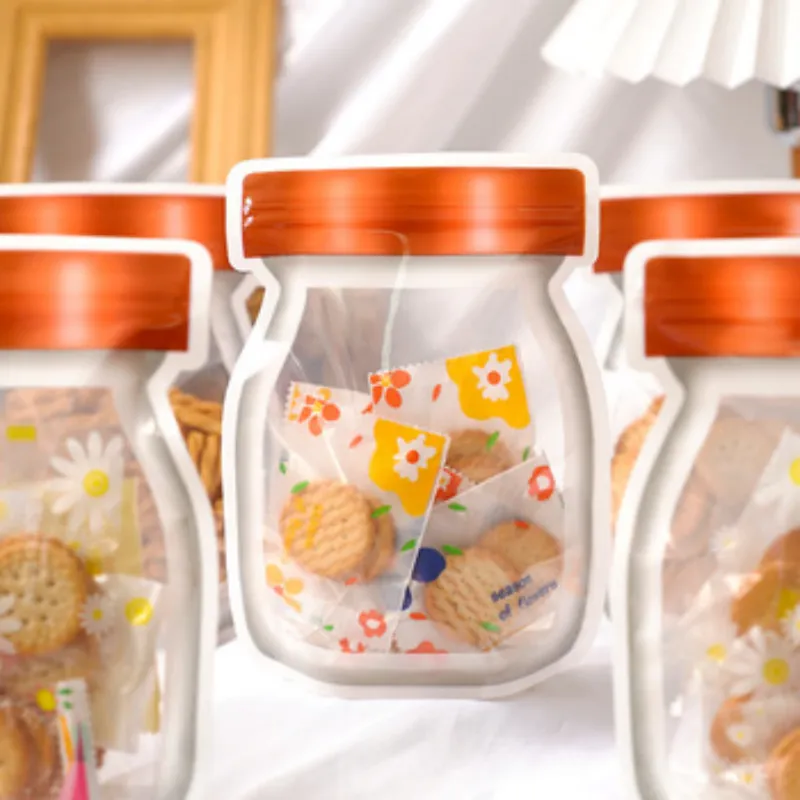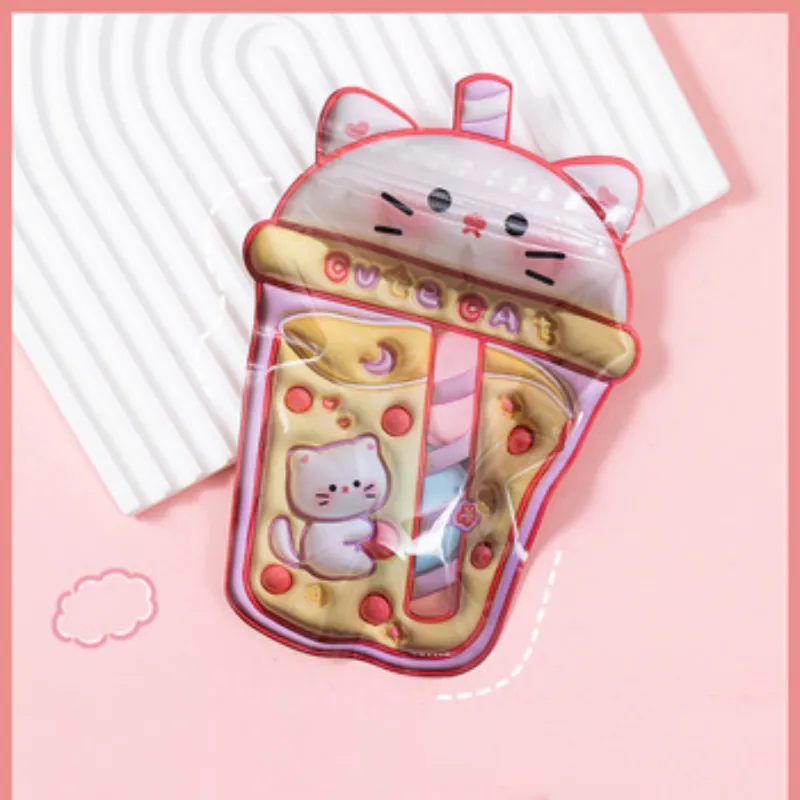How to Seal Mylar Bags: A Comprehensive Guide
Mylar bags, known for their excellent barrier properties and durability, are a popular choice for long-term storage of food, electronics, and other sensitive items. To ensure the contents remain protected, it is crucial to seal these bags properly. This guide will walk you through the steps to effectively seal Mylar bags, ensuring that your items stay fresh and secure.
Understanding Mylar Bags
Before diving into the sealing process, it's important to understand what makes Mylar bags unique. These bags are made from a layer of polyester (PET) film, often coated with a thin layer of aluminum. The combination of materials creates an effective barrier against light, moisture, and gases, which is why they are so widely used in food preservation and protecting sensitive items.
Materials Needed
To seal Mylar bags, you will need the following:
- Mylar bags: Choose the appropriate size and type based on what you are storing.
- Heat sealer or iron: A heat sealer is the most efficient tool, but a household iron can also be used.
- Oxygen absorbers (optional): If you're storing food, adding oxygen absorbers can help extend shelf life.
- Vacuum sealer (optional): For removing air from the bag, although not necessary if using oxygen absorbers.
- Marker or label: To mark the contents and date of packaging.

Preparing the Items for Storage
- Clean and Dry the Contents: Ensure that the items you are storing are clean and completely dry. Any moisture can lead to spoilage or damage.
- Sort and Measure: Sort and measure the items, so you know how much space each will take up in the bag. Overfilling can make sealing difficult.
- Add Oxygen Absorbers (if applicable): Place the correct number of oxygen absorbers inside the bag. The quantity depends on the volume of the bag and the type of content.
Sealing with a Heat Sealer
Using a heat sealer is the most straightforward and reliable method for sealing Mylar bags. Here’s how to do it:
- Place the Item in the Bag: Gently place the item(s) into the Mylar bag, leaving enough space at the top for sealing.
- Remove Excess Air: If you have a vacuum sealer, use it to remove as much air as possible. Otherwise, press out as much air as you can by hand.
- Position the Bag in the Sealer: Align the open end of the bag along the heating element of the sealer. Make sure the edges are straight and not folded over.
- Seal the Bag: Close the heat sealer and allow it to apply heat to the bag. Follow the manufacturer's instructions for the duration and temperature settings. Most heat sealers will have an indicator light or sound to let you know when the sealing is complete.
- Check the Seal: Once sealed, inspect the seam to ensure it is airtight. There should be no gaps or holes. If you notice any issues, reseal the bag.

Sealing with an Iron
If you don't have access to a heat sealer, a household iron can be used as an alternative. Here’s the step-by-step process:
- Prepare the Iron: Set the iron to its lowest setting. You want it hot enough to melt the plastic but not so hot that it burns or damages the Mylar.
- Place the Item in the Bag: As with the heat sealer, place the item in the bag and remove as much air as possible.
- Use a Parchment Paper Barrier: Place a piece of parchment paper over the area where you will be applying the iron. This prevents the iron from coming into direct contact with the Mylar, which could cause damage.
- Apply the Iron: Slowly run the iron over the parchment paper, pressing down firmly. Move the iron back and forth along the edge of the bag, ensuring that the entire seam is sealed. Be patient; it may take several passes to create a proper seal.
- Check the Seal: After allowing the seal to cool, check for any gaps or weak spots. If necessary, repeat the process until you achieve a strong, airtight seal.
Labeling and Storing
Once the Mylar bag is sealed, it's important to label it with the contents and the date of sealing. This information is helpful for inventory management and ensures that you use the oldest items first. Store the sealed bags in a cool, dry, and dark place to further protect the contents.
Additional Tips
- Avoid Overheating: Whether using a heat sealer or an iron, avoid overheating the Mylar. Excessive heat can weaken the material or cause it to melt, compromising the integrity of the seal.
- Handle with Care: Be gentle when handling the sealed bags to prevent punctures or tears. Even a small hole can compromise the protective environment inside the bag.
- Test Before Storing in Bulk: If you're new to sealing Mylar bags, test the process with a few bags before committing to a large batch. This allows you to refine your technique and ensure that the seals are airtight.
Conclusion
Properly sealing Mylar bags is essential for maintaining the quality and longevity of stored items. Whether you use a heat sealer or an iron, following the steps outlined in this guide will help you achieve a secure and airtight seal. By taking the time to prepare and seal your Mylar bags correctly, you can enjoy the peace of mind that comes with knowing your valuable items are well-protected.
 EN
EN
 AR
AR
 HR
HR
 CS
CS
 DA
DA
 NL
NL
 FI
FI
 FR
FR
 DE
DE
 EL
EL
 IT
IT
 JA
JA
 KO
KO
 NO
NO
 PL
PL
 PT
PT
 RO
RO
 RU
RU
 ES
ES
 SV
SV
 TL
TL
 IW
IW
 ID
ID
 LV
LV
 LT
LT
 SR
SR
 SK
SK
 SL
SL
 UK
UK
 SQ
SQ
 ET
ET
 TH
TH
 TR
TR
 FA
FA
 AF
AF
 MK
MK
 UR
UR
 BN
BN





